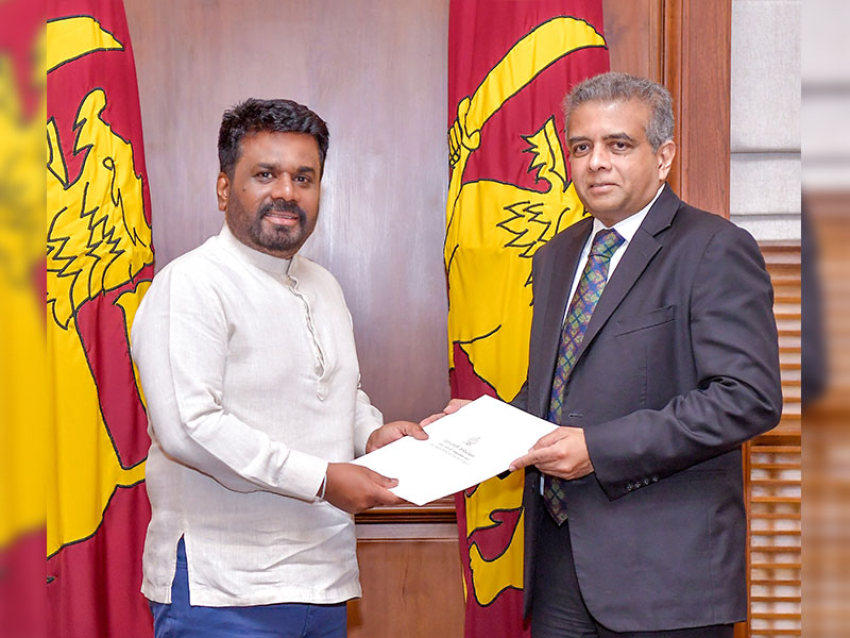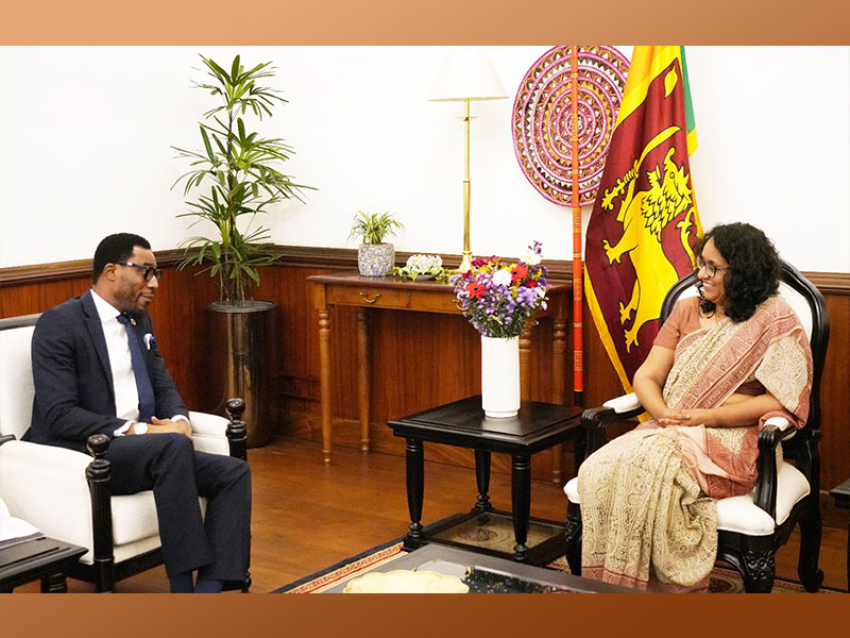However, there is ample scope left to improve the occupational efficiency among employees of the public sector in Sri Lanka according to a recent survey conducted by the Department of Census and Statistics (DSC). According to statistics the highest educational qualification achieved by 35% of the government and semi government employees is the G.C. E Ordinary Level Examination while 17% have not passed this exam. This percentage is high among males accounting for 27.2 % the while the percentage for females 4.8%.
Of the total number of employees in this sector only 26.1 % possess a degree or a higher qualification and among the graduate employees 54 % are from the arts stream. Among those with higher qualifications females comprise 36.7% and males 17.6 %. The number of graduates in the public and semi government sectors is 290,378 of which 2,014 possess more than one degree. Of the graduates 54 % are from the arts stream while 14.3 % are management and commerce graduates and 10.4 % science graduates.
With regard to proficiency in language only 15.1 % declared that their proficiency in speaking English is good while 23.7% said the same about their proficiency in reading and writing English. Of the ability to use computers, email and Internet 66.8% were computer literate, 56.3% could use Internet and 38.4% were able to use email.
The survey on government and semi government employment conducted in November 2016 revealed that the number of employees in public and semi government sector exceeded 1.1 million excluding the staff of the three forces. Of the employees 55.1 % are males while 44.9 % are females. Among those employed 32 % are in the age group of 30 to 39 years while 24% are over 50 years. It has also been revealed that 60,000 employees are entitled to a pension scheme and they are to retire during 2018 and 2022.The DSC conducts periodic census of public and semi government sector employees and the first such census was conducted in 1980 and subsequently in 1985, 1990, 1994, 1998, 2002 and 2006 at four to five year intervals.
DSC DG Dr. Amara Satharasinghe said that it is unusual to determine the employees as a percentage of the total population and as a percentage of employees of all sectors. The total number of employees is estimated quarterly and annually through the Sri Lanka Labour Force survey conducted by the DSC. The survey on the place of work revealed that a large number of public and semi government employees are concentrated in the Colombo district accounting for 225,000 or one out of five working in the district followed by Gampaha and Kandy districts each comprising 7.3%. The number of employees of the public and semi government sector are less than one percent in the Kilinochchi, Mullaitivu and Mannar istricts. The number of employees working overseas is 626.“Our aim in this survey was to improve the response rate of the employees and we were able to achieve 100 % success in our survey conducted on November 17, 2016 from 9.30 to 11.30 am,” Dr. Satharasinghe said .



















